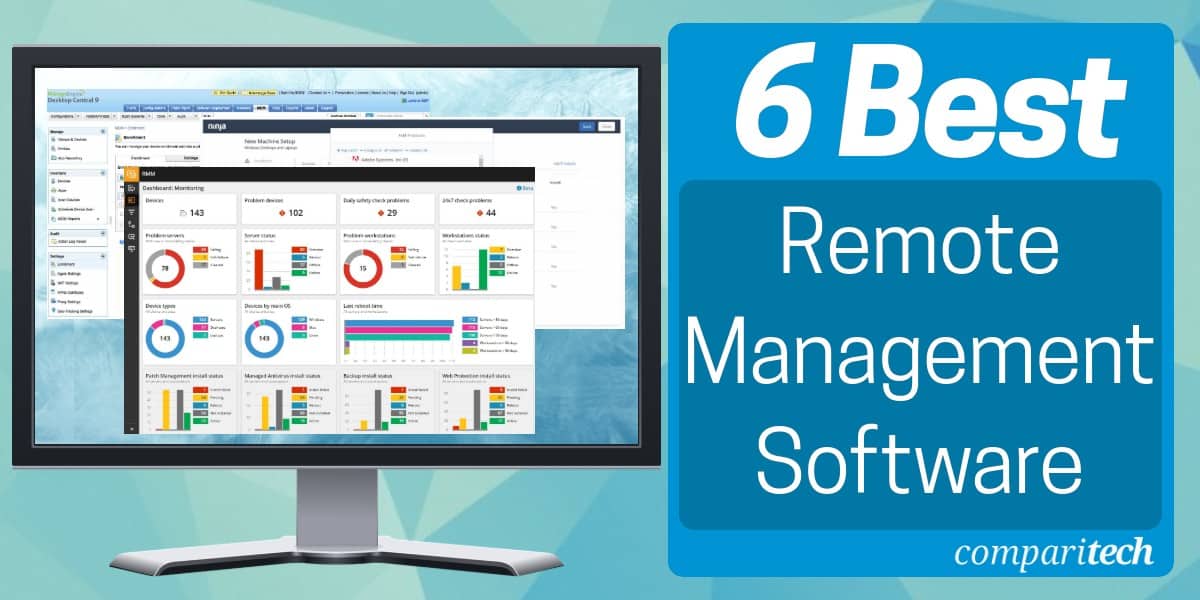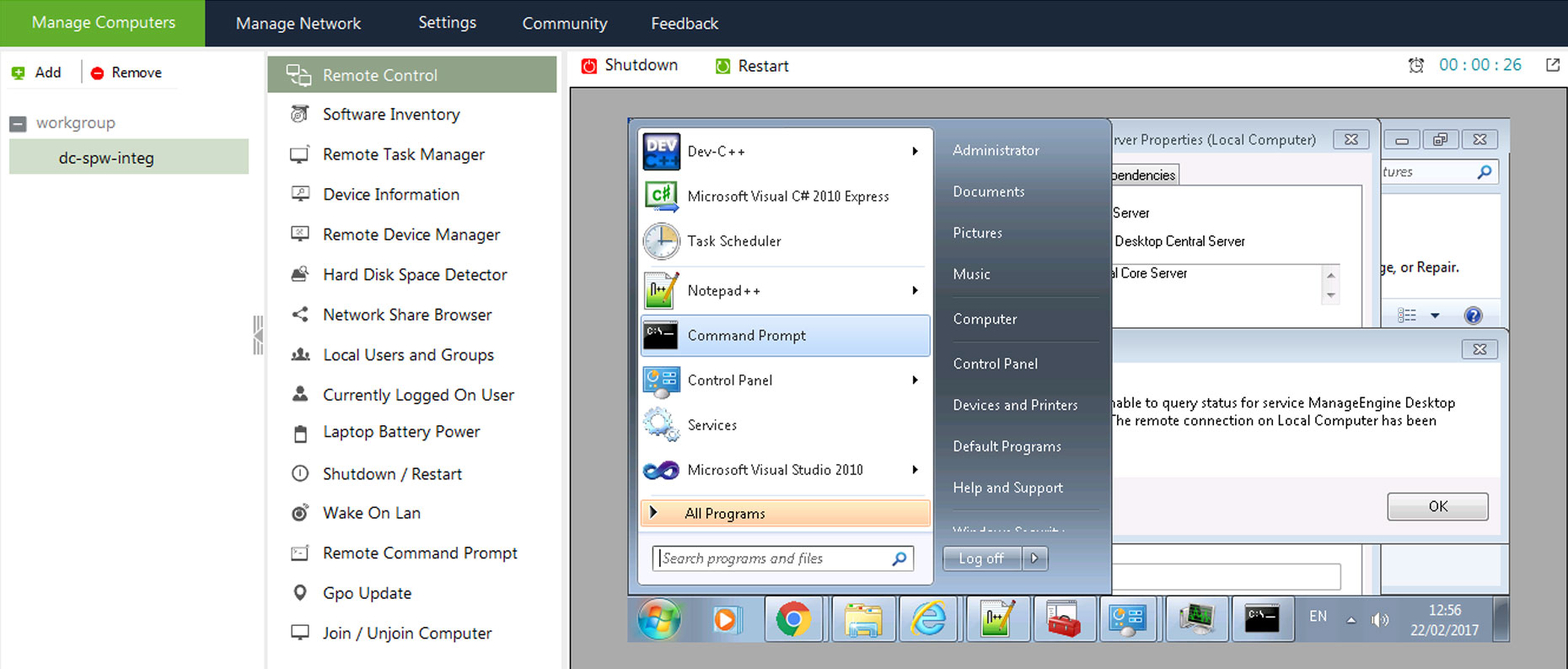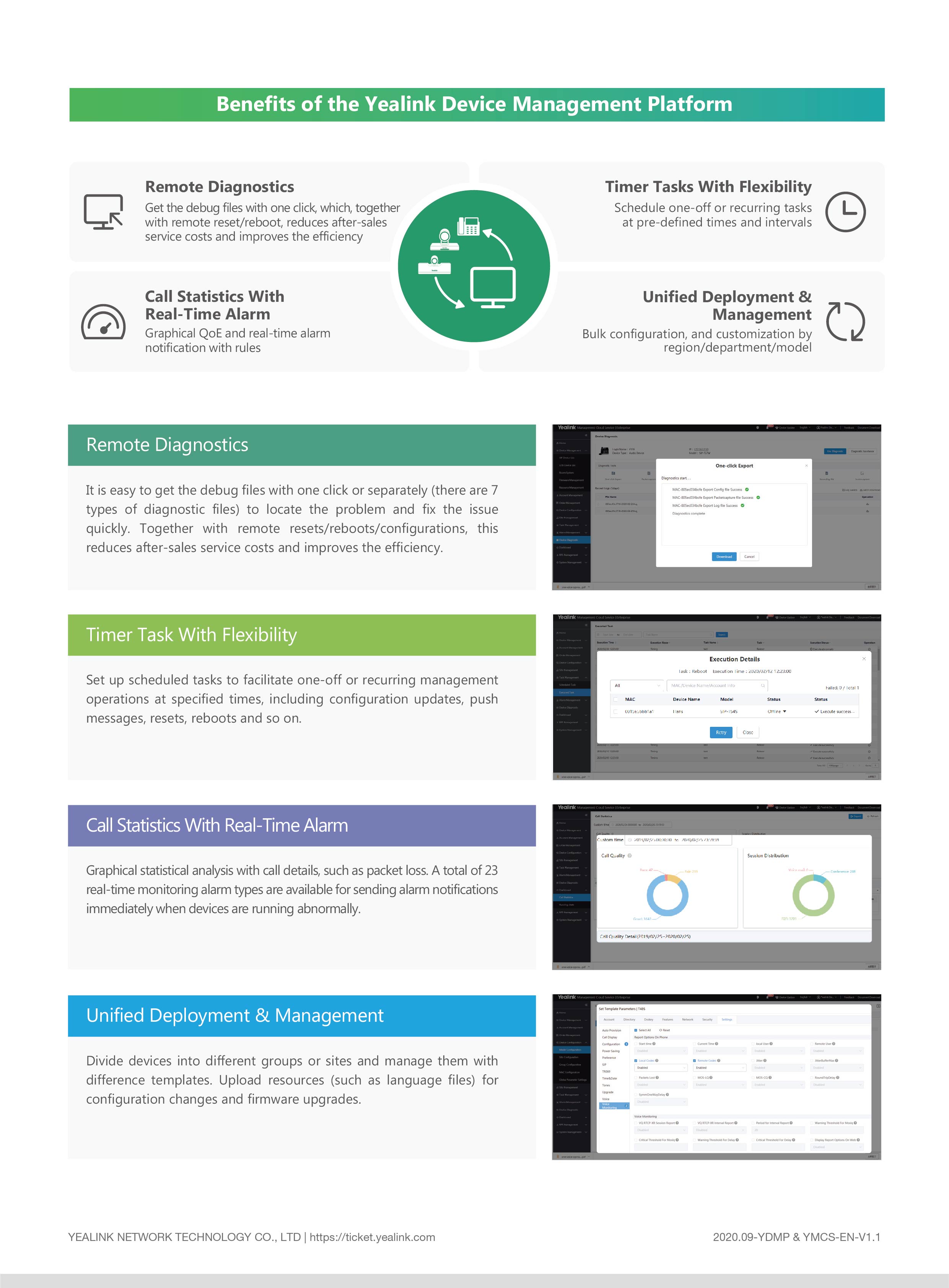Free Remote IoT Device Control: Software & Management Tips!
Ever felt tethered to a physical location just to manage your IoT devices? The ability to remotely control and manage IoT devices is no longer a luxury, but a necessity for businesses seeking agility and efficiency in today's interconnected world.
The Internet of Things (IoT) has exploded, connecting billions of devices across industries, from smart homes to industrial automation. This proliferation demands robust and reliable methods for managing these devices remotely. Imagine needing to physically access each sensor, actuator, or embedded system to configure settings, push updates, or troubleshoot issues. The logistical nightmare and associated costs would be astronomical. This is where the realm of remote IoT device control comes into play, offering a suite of software and strategies designed to streamline device management from anywhere in the world.
| Category | Information |
|---|---|
| Concept | Remote IoT Device Control and Management |
| Definition | Practices and technologies enabling users to interact with, monitor, and manage IoT devices from a remote location. |
| Key Components | Sensors, processors, communication protocols, user interfaces, cloud platforms. |
| Primary Benefits | Enhanced efficiency, reduced operational costs, improved security, faster response times, scalability. |
| Core Functionalities | Device onboarding, configuration, monitoring, remote access, firmware updates, troubleshooting. |
| Software Solutions | Remote IoT device management platforms, OTA update tools, cloud-based solutions, secure remote access software. |
| Connectivity Methods | Wi-Fi, cellular, Ethernet, LoRaWAN, satellite. |
| Security Measures | Encryption, authentication, authorization, secure boot, intrusion detection. |
| Industries | Retail, hospitality, transportation, logistics, manufacturing, healthcare, energy. |
| Example Platforms | AWS IoT Device Management, Socketxp IoT Cloud Platform, Particle IoT Device Management. |
| Challenges | Security vulnerabilities, scalability issues, integration complexities, network latency. |
| Trends | Edge computing, AI-powered management, zero-touch provisioning, digital twins. |
| Future Implications | Autonomous device management, predictive maintenance, hyper-personalized experiences. |
| Reference | AWS IoT Device Management |
The fundamental concept behind remote IoT device control lies in the ability to interact with devices regardless of their physical location. This interaction can range from simple tasks like turning a device on or off to more complex operations such as reconfiguring device parameters, pushing firmware updates, or diagnosing technical issues. A collaborative effort is required, seamlessly integrating sensors, processors, communication protocols, user interfaces, and often, the computational power of cloud platforms.
- Vegamovies Filme Streamen Mehr Alternativen Infos
- Filmy4web Bollywood Hollywood Mehr Alles Was Du Wissen Musst
Several methods facilitate this remote control. Cloud platforms act as central hubs, enabling communication between users and their devices through the internet. A device transmits data collected by its sensors to a remote server located on the internet, and in turn, receives commands sent by the user. This cloud-based approach overcomes the limitations of direct, local network control, which often struggles with internet connectivity and firewall restrictions. Tools like Socketxp provide secure remote access, allowing users to connect to devices behind NAT routers and firewalls.
The benefits of robust remote IoT device management are numerous. Operational efficiency sees a significant boost as administrators can manage devices from a centralized location, reducing the need for costly on-site visits. Real-time monitoring enables proactive detection of potential issues, leading to faster response times and reduced downtime. Remote management facilitates scalability, allowing businesses to easily add new devices to their network without major logistical hurdles. Security is paramount, and remote management platforms often incorporate features such as secure onboarding, access control, and over-the-air (OTA) updates to mitigate vulnerabilities.
Consider the scenario of a smart home system. A homeowner can remotely control lights, thermostats, and security systems via a mobile app. A farmer can monitor soil moisture levels and control irrigation systems from a remote office. In the realm of industrial automation, engineers can remotely diagnose and troubleshoot equipment issues, minimizing production downtime. These are just a few examples of how remote IoT device control is transforming the way we interact with technology and manage our world.
- Vegamovies Alternativen 2024 Sicher Legal Filme Streamen
- Filmyfly 2025 South Hindi Bollywood Filme Alles Was Du Wissen Musst
Various solutions cater to diverse needs in remote IoT device management. AWS IoT Device Management offers a comprehensive suite of tools for securely onboarding, organizing, monitoring, and managing devices at scale. These platforms provide features for device provisioning, configuration management, software updates, and security monitoring. Tools like TeamViewer extend remote access capabilities, enabling screen sharing, terminal access, and app control, offering a more granular level of control over edge devices. Socketxp, a cloud-based solution, simplifies remote access, management, and debugging of embedded Linux devices, such as IoT devices and NVIDIA Jetson boards, over the internet.
Several key capabilities are essential for effective remote IoT device management. Centralized device management is paramount, allowing users to manage all their devices from a single interface. Real-time monitoring provides visibility into device status, performance, and security. Secure remote access ensures that only authorized personnel can access and control devices. Over-the-air (OTA) updates are crucial for deploying firmware updates and security patches remotely. Diagnostic and troubleshooting tools enable administrators to identify and resolve issues quickly and efficiently.
The implementation of remote IoT device control presents certain challenges. Security is always a concern, as remote access can create vulnerabilities if not properly secured. Scalability is crucial, as the management platform must be able to handle a growing number of devices without performance degradation. Integration complexities can arise when integrating diverse devices and platforms. Network connectivity issues can also hinder remote management capabilities. It's essential to consider these challenges when selecting and implementing a remote IoT device management solution.
Looking ahead, the future of remote IoT device control is likely to be shaped by several key trends. Edge computing is poised to play a more prominent role, enabling devices to perform more processing locally, reducing latency and bandwidth requirements. Artificial intelligence (AI) will be used to automate device management tasks, such as anomaly detection and predictive maintenance. Zero-touch provisioning will simplify the onboarding process, enabling devices to be automatically configured and deployed. Digital twins, virtual representations of physical devices, will provide a more comprehensive view of device performance and behavior.
The advantages of remote IoT device control extend across a wide range of industries. In retail and hospitality, remote device management enables businesses to monitor and control smart signage, kiosks, and point-of-sale systems. In transportation and logistics, it allows for tracking and managing vehicles, sensors, and other assets. In manufacturing, it facilitates remote monitoring and control of industrial equipment, leading to improved efficiency and reduced downtime. Healthcare benefits from remote patient monitoring and remote management of medical devices.
Managing and monitoring IoT devices is essential to ensure the growth and security of any business leveraging connected technologies. Remote IoT device management offers a pathway to streamlining operations and delivering faster customer service. For example, a remote device management platform helps monitor and detect uptime, troubleshoot problems persisting in devices, and maintain overall system health.
Consider remote desktop access solutions offered by companies like TeamViewer. These solutions provide the ability to connect to remote computers, offer remote support, and collaborate online, often with free options for personal use. In more specialized applications, this granular control allows for intricate management of edge devices, establishing secure tunnels from any port on the device directly to a localhost interface. This unique level of access opens up possibilities for developers and administrators to debug, configure, and manage devices from the convenience of their computer.
Implementing remote IoT control requires that all devices in the environment are accessible after deployment. This includes the ability to conduct firmware updates or gather crucial data generated by the devices. The majority of embedded IoT devices utilize Linux as their operating system, providing a stable and customizable foundation for remote management tools. Effective interaction between a mobile application and a device often involves control via the cloud, with the device transmitting data from its sensors and receiving commands from the user through a remote server.
There are multiple methods for managing Internet of Things devices remotely. AWS IoT Device Management offers a secure platform for onboarding, organizing, monitoring, and remote management. This enables users to update applications across millions of devices with a single click. Socketxp's IoT cloud platform can support a large number of devices, potentially 100,000 or more per customer account, showcasing its cloud-native architecture and scalability. The system is designed to grow on demand, ensuring it can handle increasing workloads.
Particle IoT device management interface and cloud APIs allow users to send commands and new software updates with ease. Features such as terminal access, app control, and edge management provide a comprehensive solution for complex IoT scenarios, surpassing traditional screen sharing solutions. However, it's also important to acknowledge limitations, such as the potential inability of remote control when direct internet access to the device is unavailable. In such cases, leveraging cloud-based solutions offers a more convenient and reliable approach.
Tracking and managing IoT devices is paramount to the success and security of any connected business. The ability to remotely connect to devices, manage systems, and debug issues is key to optimizing operations and ensuring reliable performance. Retail, hospitality, transportation, logistics, OEM, and manufacturing sectors are taking the most advantage of IoT remote devices by streamlining operations and providing enhanced customer experiences. As the number of connected systems grows into the billions, remote IoT device management will continue to evolve as a crucial aspect of modern technology.
- Movierulz Telugu Filme Online Streamen Mehr 20242025
- Filme Online Schauen Die Besten Streamingdienste Im Vergleich

Free RemoteIoT Management Software Empowering Businesses With Advanced IoT Solutions

RemoteIoT Monitor Software Free The Ultimate Guide For Remote Monitoring

Unlock The Power Of RemoteIoT Device Management Platform Free A Comprehensive Guide